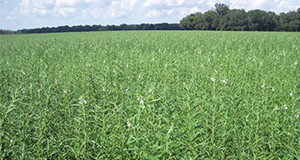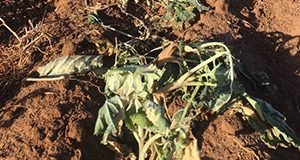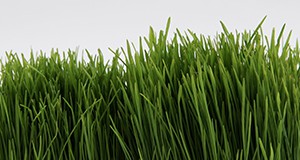Brassica carinata is an annual oilseed crop used for the commercial production of jet fuel. One of the challenges to commercialization of this crop in the southeastern United States has been frost damage. This 4-page fact sheet discusses symptomology and ways to minimize risk of frost damage to carinata. Written by Michael J. Mulvaney, Ramdeo Seepaul, Ian Small, David Wright, Silvana Paula-Moraes, Carl Crozier, Paul Cockson, Brian Whipker, and Ramon Leon, and published by the UF/IFAS Agronomy Department, May 2018.
http://edis.ifas.ufl.edu/ag420
Tag: Ramon Leon
Turfgrass Herbicides: Mechanisms of Action and Resistance Management
Herbicides are an effective tool for controling weeds in turfgrass; however, weeds can become resistant to herbicides and create significant problems for turfgrass production. The best way to combat herbicide resistance is to rotate herbicides with different mechanisms of action (MOA) because using herbicides with different MOAs makes it more likely that weeds resistant to one herbicide will encounter an herbicide to which they are not resistant. This 4-page fact sheet focuses on how to create an herbicide program that uses different MOAs to manage resistant weeds. Written by Ramon G. Leon and Bryan Unruh, and published by the UF Department of Agronomy, August 2015.
http://edis.ifas.ufl.edu/ag398
Weed Management in Sesame
 Sesame is a promising new crop for Florida, but few herbicides have been registered for it as yet. This 2-page fact sheet provides weed-control strategies for sesame. Written by Jason Ferrell and Ramon Leon, and published by the UF Department of Agronomy, June 2015. (Photo credit: Doug Mayo)
Sesame is a promising new crop for Florida, but few herbicides have been registered for it as yet. This 2-page fact sheet provides weed-control strategies for sesame. Written by Jason Ferrell and Ramon Leon, and published by the UF Department of Agronomy, June 2015. (Photo credit: Doug Mayo)
http://edis.ifas.ufl.edu/ag396

